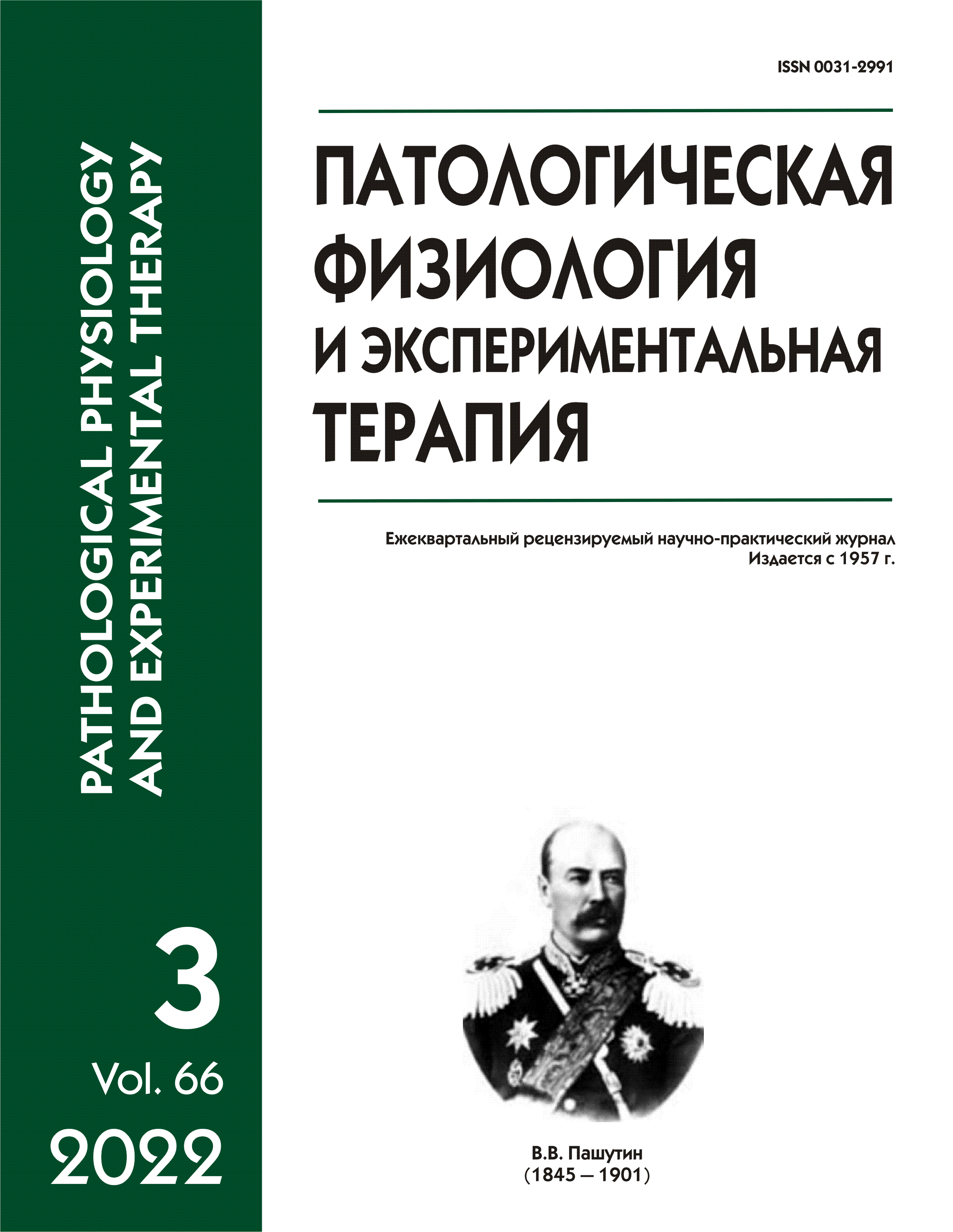State of microcirculatory hemodynamics during knee and hip joint transplantation surgery
Abstract
Studying hemodynamics in the area of the knee or hip joint affected by arthrosis during transplantation is a significant task. Such studies would allow adjustment of the treatments aimed at improving the blood supply and preventing thromboembolic complications already in early postoperative period. Aim. To study microcirculatory hemodynamic disorders in the area of joints affected by arthrosis in the pre- and postoperative periods. Methods. The study included 136 patients divided into 2 groups: the first group consisting of 46 patients with stage 1-2 arthrosis of the hip or knee joint and the second group consisting of 90 patients with stage 3-4 arthrosis of the same kind. The study was performed in the preoperative period and on Day 6 after joint arthroplasty. The state of blood flow was evaluated with a mDLS transducer using the authors’ method of spectral signal decomposition into the frequency components related with hemodynamic sources of different shear rates of blood layers. For interpretation of results of the multifrequency analysis, the hemodynamic index (HI) was used: low-frequency HI (HI1) determined by the slow interlayer interaction, high-frequency HI (HI3) that characterizes fast processes of the shear of layers, and HI2 that is intermediate (precapillary and capillary blood flow). Relative indexes, RH1, RH2, and RH3, were calculated, which designate a normalized (relative) contribution of each component of the index to overall hemodynamic processes. For each HI component (HI1, HI2, HI3), an additional measure of slow circulatory fluctuations was used, the oscillatory hemodynamic index (OHI). The following OHIs, that characterize the blood flow, were determined: endothelium-associated (NEUR), determined by the vascular muscular layer (MAYER), respiratory cycle-driven (RESP), and pulse impulses (PULSE). Results. In the projection zone of the affected joint as compared with the healthy one, the hemodynamic indices HI1 and HI2, as well as RHI1 and RHI2, were sharply reduced. At the same time, the hemodynamic indices HI3 and RHI3 were sharply increased in the area of the affected joint, which indicated an increase in the axial flow shear; the oscillatory index MAYER1 was also significantly increased. After joint transplantation, practically the same differences as in the preoperative period were maintained in the projection zones of the healthy and the transplanted joints. At the same time, the PULSE1 and PULSE3 indices decreased in the postoperative period. In the projection area of the healthy joint after surgery, the oscillatory indices MAYER1 and MAYER2 were increased whereas the PULSE1 index was decreased. In the area of the affected joint in the postoperative period, the HI1/HI3 ratio was increased, which could have been due to aggravated endothelial dysfunction. Conclusion. Significant microhemodynamic disorders develop in the area of the affected joint, which must affect the course of the pathological process.






